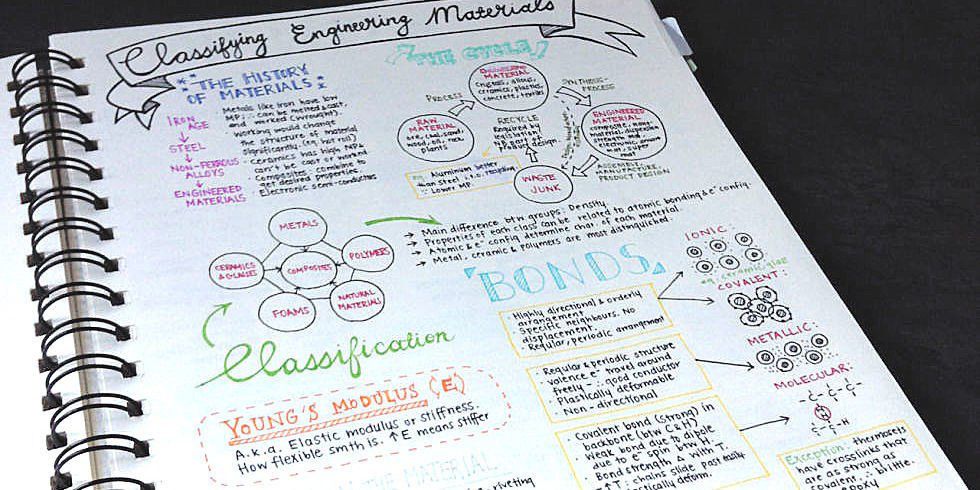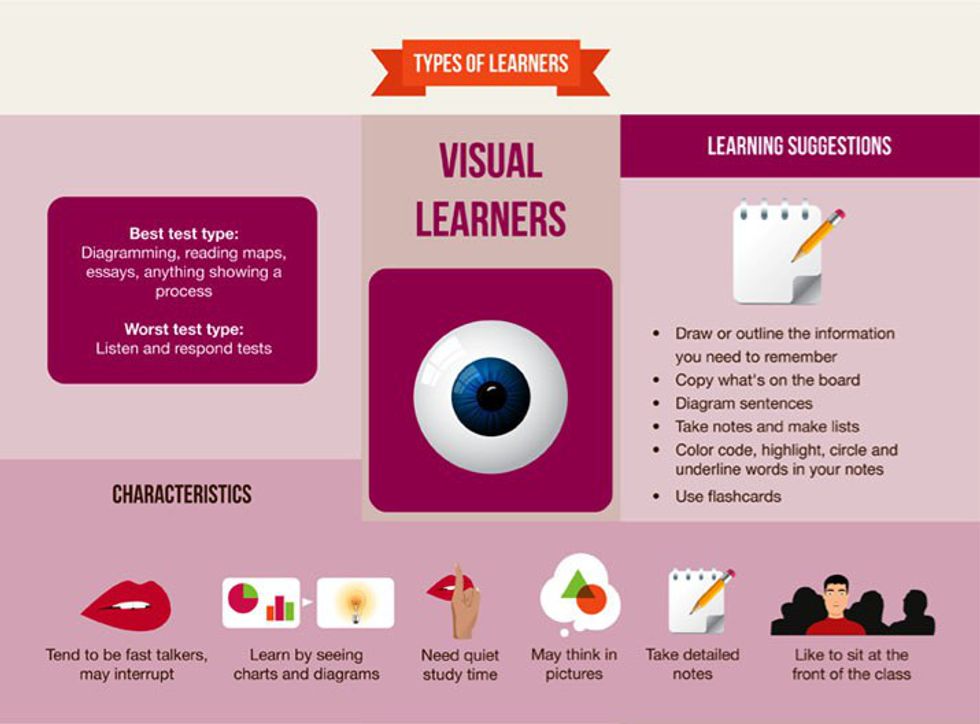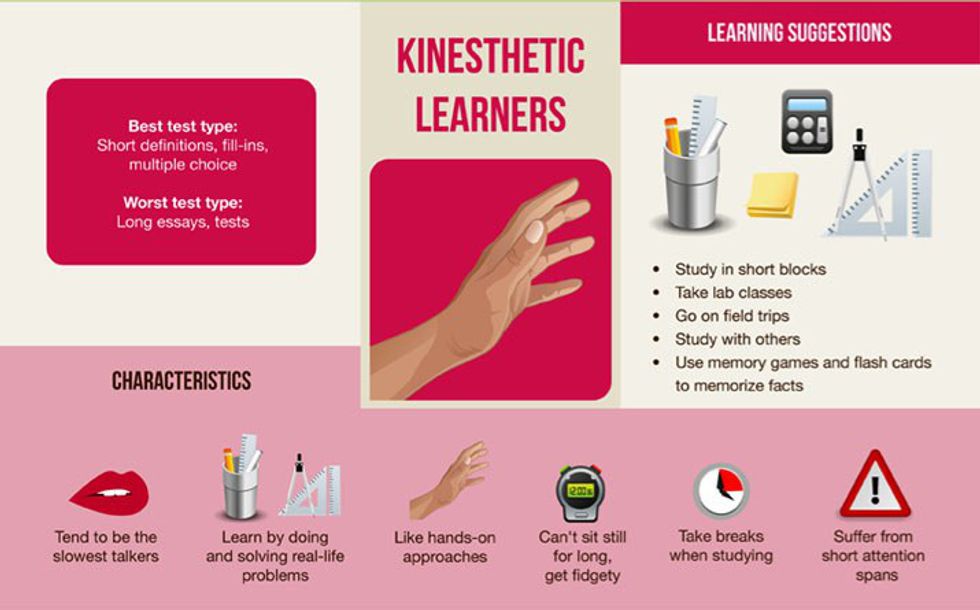With classes in the morning, extracurricular activities in the evenings and work everywhere in between, it’s hard to find time to study for your classes. But as most of us experienced within the first few weeks of college, if you don’t study, you won’t pass.
While it’s no secret that high school and college are completely different worlds, not everyone can make the transition seamlessly. Actually, no one does. No matter how prepared you think you are for college, there’s gonna be something that throws you off your groove. One of the most common, and most detrimental, mistakes that new students make is the idea that since they didn’t have to study much in high school, they wont have to study in college. It doesn’t take long after that first bombed test score for most students to realize that skating by on minimal effort is not an option, but a smack upside the head from reality usually doesn’t fix the problem. Once kids realize they need to actually dedicate time every day to studying for every class, it only takes about half an hour of staring at a page of messy notes for them to figure out that they have no idea how to study.
Finding the best method for your studying is a trial-and-error process, but it’s easier when you know what type of learner you are! There are four basic kinds of learners, each of which has its own set of recommended study methods. Knowing what type of learner you are can do wonders for your study habits without driving you insane with boredom. With that said, let’s take a look at the four kinds of learners!
Read-Write:
These learners are one of the most common, but there’s less information on them than the others. I believe this is because this is one of the only methods of studying that every student is exposed to at least once (but usually a dozen times) throughout their schooling. These kinds of learners often do really well in lecture classes with lots of notes. This is because these students tend to absorb information better when they are reading, writing, and re-writing it. If your professor posts their power points online, it will do wonders to print off your own copy and annotate them yourself. Repetition is key for these learners!
Visual:
Visual Learners do phenomenally when exposed to diagrams, charts, and other figures that show processes. They tend to need quiet study places and take detailed notes complete with diagram sentences, color-coded highlighting and bullet points. They also do really well when they utilize study tools such as flash cards. Monotonous lectures and listen-and-respond tests can be the death of a visual learner's grade. If you find yourself only reading half this article and focusing on the pictures, you might be a visual learner!
Auditory:
Pretty much the opposite of a visual learner, these students will do best when their ears are stimulated! They do great on oral exams and written responses to lectures instead of passages they read. In fact, reading passages and timed writing exercises are where their grades tend to suffer. If you think you’re an auditory learner, you should consider recording lectures and reading your notes aloud to yourself, even recording yourself repeating them to listen to in your free time. (Pro-tip: listening to lectures while you work out can kill two birds with one stone!) Auditory learners are often natural listeners and do well in group discussions. Study groups are an auditory learners best friend!
Kinesthetic:
The last kind of learner we’re going to talk about is the kinesthetic learner. These learners do best with multiple choice, fill-in-the-blanks and short-answer tests, but tend to suffer when it comes to long essays and exams. Part of the reason for that is because kinesthetic learners are often very fidgety and dislike sitting still for a very long time. They also tend to have a short attention span. The best way for kinesthetic learners to absorb information is to study for short periods of time (with time for study breaks built in) with flashcards and memorization games! But studying in the library will only take these particular students so far. They benefit greatly from field trips, lab-based classes and solving real-life problems. Just like auditory learners, kinesthetic learners benefit greatly from study groups!
Don’t worry if you don’t feel like any of these methods are perfect for you. People can’t be perfectly divided into only four kinds of learning, and like I mentioned earlier, it’s a trial-and-error process! For example, I found that I am a mix of the visual learner and the kinesthetic learner with just a smidgen of read-write. The best way to determine what methods will work for you is to try lots of them. Chances are, you can already cross out some of the strategies I mentioned here, and hopefully you’ll get into a study habit that will help you survive the year without going totally brain dead. Now get cracking, and don’t forget to leave yourself time for snack breaks!
























